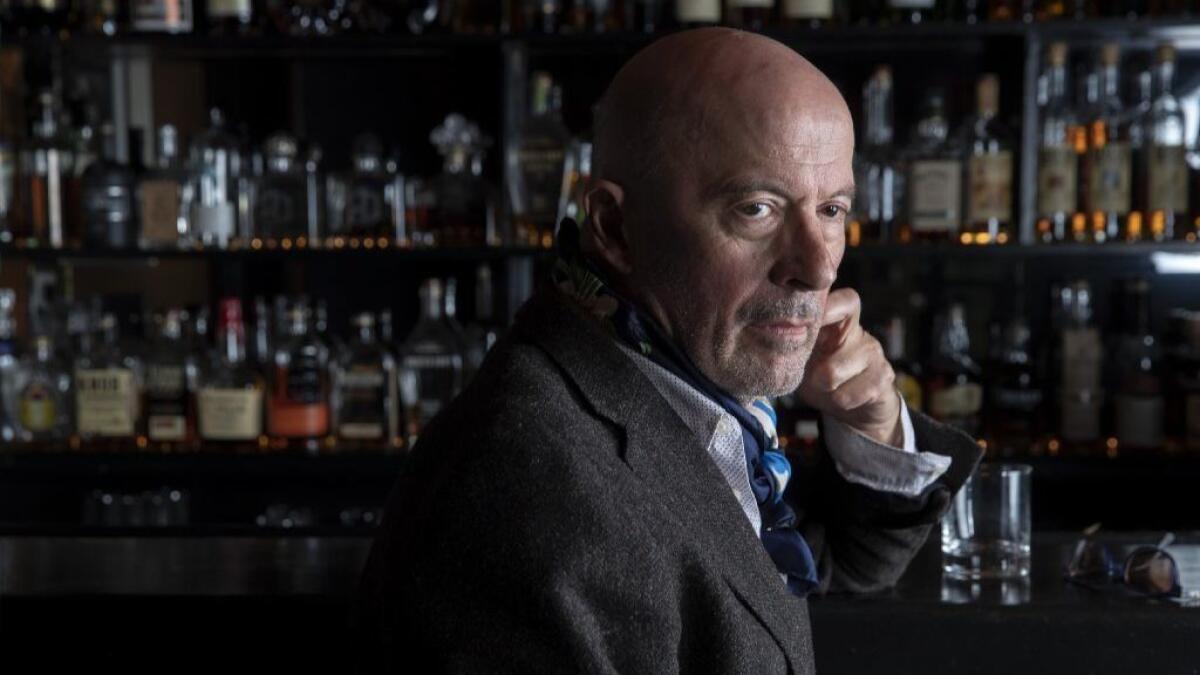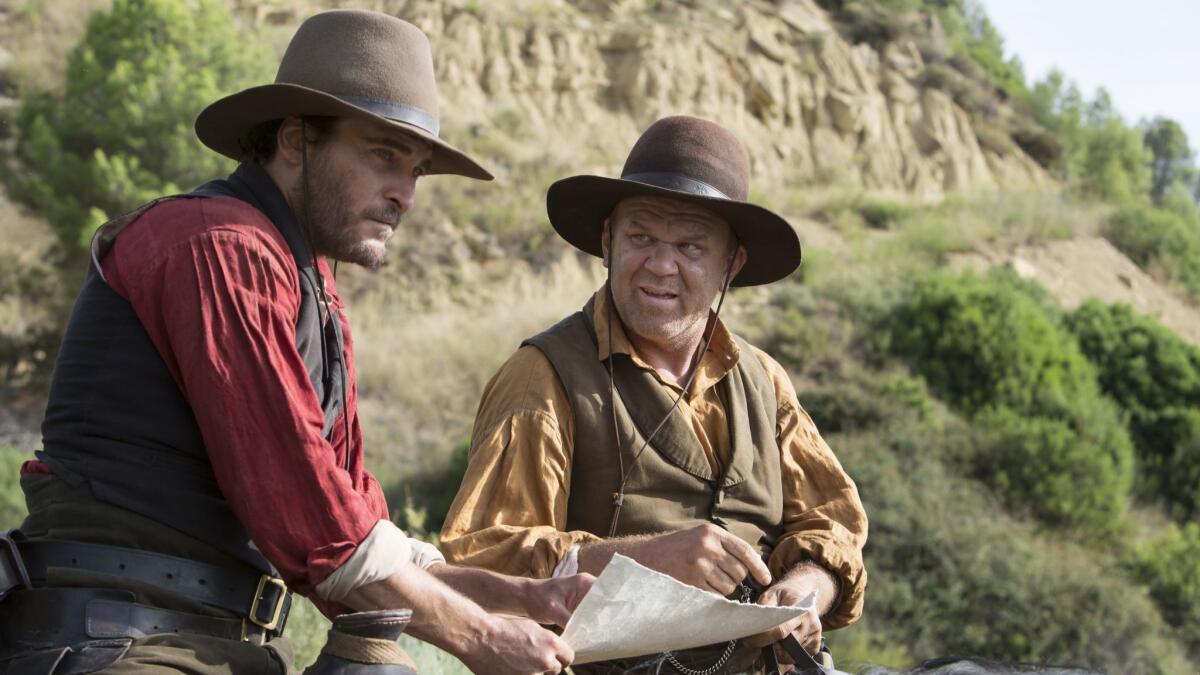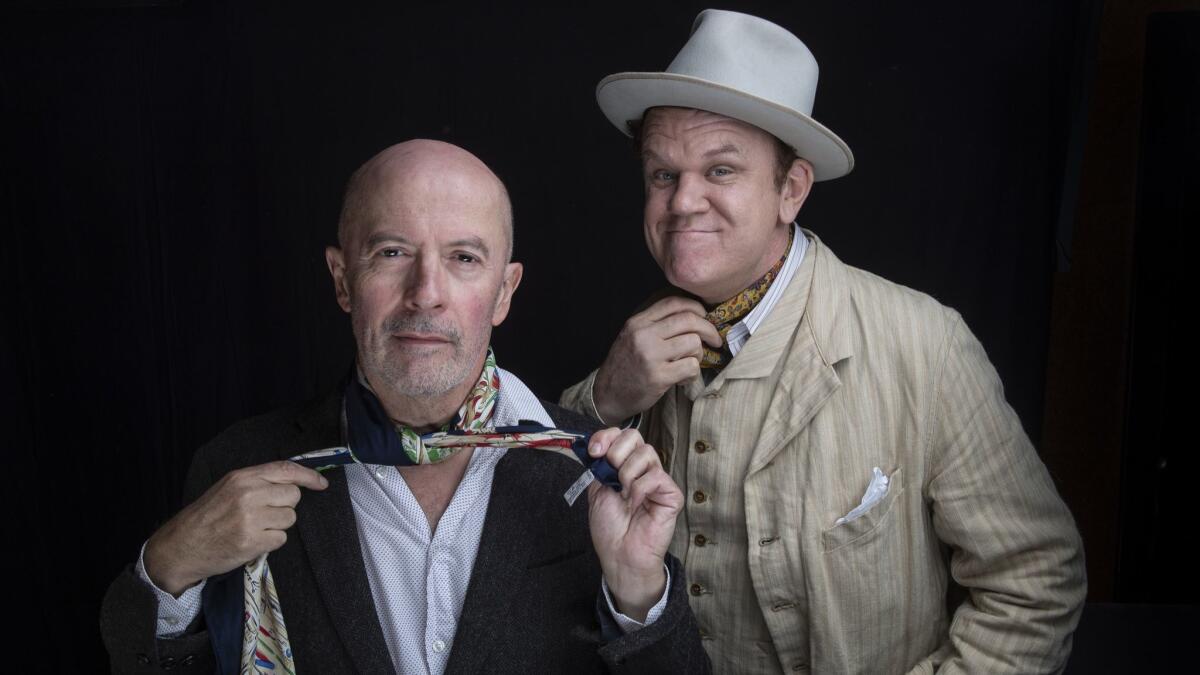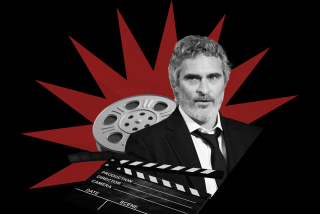French director Jacques Audiard adapts his style to the American West for ‘The Sisters Brothers’

Before production was to begin on “The Sisters Brothers,” Joaquin Phoenix, an Oscar winner who has more than 30 credits on his résumé, told the film’s director he wasn’t a professional actor. This might have unnerved even the most experienced auteur, but Jacques Audiard took it in stride.
“He said that to me and I asked him, ‘How would you like to communicate, then?’ And he said, ‘Through telepathy,’ ” Audiard recalled. “It’s perfect. What he actually means is something simple, that he will not do the same thing twice. He’ll do one take. With the second take, if you ask him to do the same thing, never will that happen. That’s not the way it works, and I like that.”
Thankfully, Audiard is a filmmaker who is open to changing things on set even adding a multitude of scenes during production. He understood where Phoenix was coming from because that different take could be substantially better than what he was originally envisioning.

THE ENVELOPE: Full coverage of Award Season »
“There are many things that he does that are not even conscious. He’s in the character, and so he’ll just do things,” Audiard says. “It’s easy to direct Joaquin. He’s not a white cat. He’s very easy, and he’s very intuitive.”
Adapted from Patrick deWitt’s acclaimed novel, “The Sisters Brothers” follows two assassin siblings (Phoenix and John C. Reilly) who are on a mission to track down two men (Jake Gyllenhaal and Riz Ahmed) who have betrayed their boss. The period piece takes place in the great American West as all four men eventually find themselves seduced by California’s Gold Rush.
Reilly and his wife, Allison Dickey, produced the October release and made the inspired choice of reaching out to the French director of “A Prophet,” “Rust and Bone” and the Palme d’Or-winning “Dheepan” about shepherding the story to the big screen. Directing a western hadn’t been on Audiard’s bucket list.
“Before it got offered to me, I never thought about it,” Audiard says. “I’m French. And even if I liked [the book], because it’s a western, I would have never thought of doing it. [It was also] very strange for me because it’s the first time that I make a movie that I didn’t originate.”
Audiard and his writing partner, Thomas Bidegain, collaborate in an unconventional way that surprised the producers. There was obviously a shooting script, but during a week or so long break between moving locations the two men wrote a slew of new scenes inspired by the chemistry they’d witnessed between Reilly and Phoenix, who had never worked together previously. This is something Audiard says is part of the creative process on almost all his films.
“I write the screenplay, then I watch the dailies. We talk about the dailies, so that means we can change things and we constantly rewrite,” Audiard says. “The main idea is that the film never should be petrified. It should not be rigid, so it should keep on evolving during production. So we shoot scenes, and maybe they will not be in the cut, but we will redo them. That’s a normal process for us. It also gives life to the project.”
Audiard adds, “You give me actors and horses, you give me a set, I’m going to shoot many things until the sun sets. I will use all that time. I cannot let that go, so I will keep on shooting many things, and I will have new ideas all the time.”

That included the final scene in the film, which turned into an almost one-take four-minute shot. In the sequence, Reilly and Phoenix’s characters are shown returning to their childhood home. As time passes, they appear in different contexts in one room after another. In reality, the second the actors were out of frame in one shot they would race to another room, where cinematographer and cameraman Benoît Debie would eventually find them doing something completely different.
“I knew where the characters were at that point. I wrote the scene the night before, and then gave the text the following day to the actors,” Audiard explains matter-of-factly. “Spent an hour or two putting that choreography together and then we did four takes.”
There was one aspect of the production Audiard would prefer not to deal with again and that’s having his actors being dependent on the whims of horses. That being said, he takes a breath and adds, “Maybe ponies.”
More to Read
From the Oscars to the Emmys.
Get the Envelope newsletter for exclusive awards season coverage, behind-the-scenes stories from the Envelope podcast and columnist Glenn Whipp’s must-read analysis.
You may occasionally receive promotional content from the Los Angeles Times.










